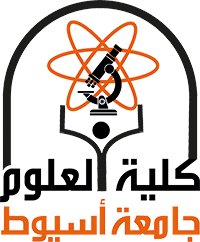Integrating passive and active seismic approaches is essential to yield reliable geotechnical site characterization, particularly in forthcoming industrial and/or urbanized regions. The primary objective of this study is to deliver reliable geotechnical site characterizations and address uncertainty-related repeatability of different techniques to derive S-wave velocity structures (). We employed three comprehensive field survey measurements, including 10 shallow P-wave refraction tomography profiles, 10 multi-channel analyses of surface waves (MASW) profiles, and 20 horizontal-to-vertical spectral ratios of microtremor (MHVSR) measurements. These measurements were carried out on the forthcoming industrial zone in Aswan, Egypt. We newly introduced a straightforward approach based on the allowable bearing capacity () and the local geological information to examine the resulting uncertainty.
Thus, we addressed the repeatability of different techniques to derive the using MASW and MHVSR. The based on MHVSR-derived considered as the safest lower boundary. Consequently, the criticism of MASW and MHVSR inversion uncertainty is addressed for the future-planned low-rise buildings in the forthcoming industrial zone in Aswan, Egypt. The derived seismic vulnerability index () exhibits very high, high, and low categories. The NS and EW directional MHVSRs are transverse to the EW and NS main strikes of the seismogenic active fault system, respectively. There is a remarkable correlation between and the time-averaged S-wave velocity of the upper 30 m () derived from MHVSR. Finally, we found that high densities, empirically calculated based on P-wave velocity, correlate well with the high-gravity anomalies observed in the southern portion of the study area.

